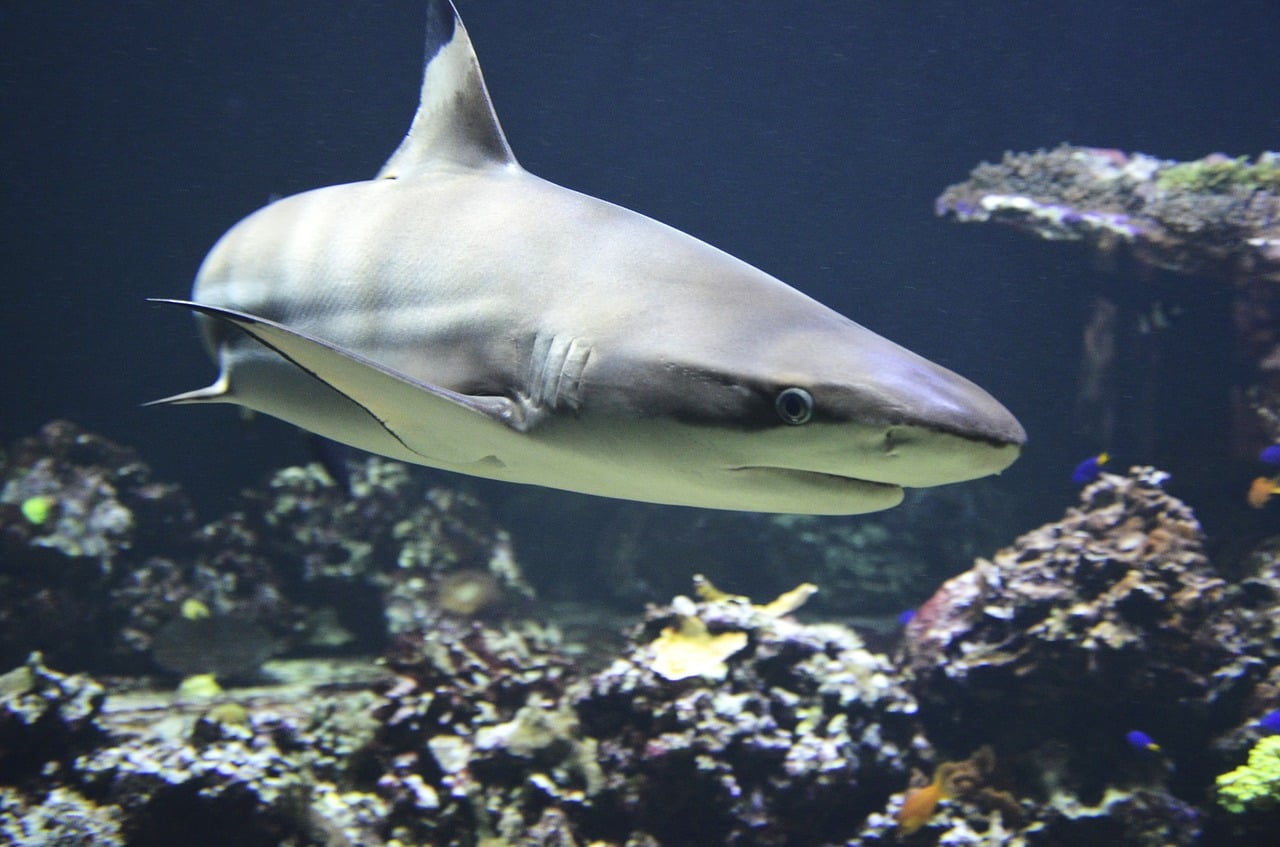In a recent study published in the Journal of the Royal Society Interface, researchers detailed a new aerofoil design inspired by sharkskin.
Sharks are efficient swimmers, and their tiny tooth-like scales, called denticles, help them reduce drag while moving through water. These recent findings have shown that the same physics that are in place with sharkskin could also be applied to aerofoils by boosting the lift-to-drag ratio. In a crossover between the fields of physics and biology, the research gives insight both into aerodynamic design as well as the role sharkskin plays in the organism’s swimming efficiency.
Although the sharkskin is covered in scales like the majority of fish, they vary quite a lot due to the dermal denticles that resemble teeth. Previous studies into sharkskin have shown that these denticles actually create vortexes that reduce drag, improving on the hydrodynamic performance of sharks and allowing them to swim at faster speeds.
In an interview with Physics World, August Domel from Harvard University stated that “we hypothesized that on a shark, these denticles may also be beneficial for thrust generation by enhancement the force normal to the denticle…with this in mind, we wanted to know if these denticles could, on an aerofoil, enhance the force normal to the denticle – generating lift – and reducing drag.”
In order to test the theory surrounding sharkskin, Domel and his team took a look at the fastest shark in the world – the shortfin mako. Using micro-computed tomography scans of the shark’s denticles, the research team 3D printed 20 aerofoils with idealized models of the denticles on the top edge. They varied this process slightly over each aerofoil in order to determine which model gave the best results.
Overall, the best performer in the sharkskin inspired denticles gave an improvement in lift-to-drag ratio of 323% when compared to the control, which is a significant testament to sharkskin and its ability to allow these aquatic predators to move rapidly through the water.
“All lifting surfaces in aerial devices, such as drones, airplanes, and wind turbines, are composed of aerofoils…Enhancing lift and reducing drag on an aerofoil ultimately leads to lower energy consumption for these aerial devices, and our designs have shown a lot of potential so far in improving these aerodynamic features on an aerofoil,” explained Domel.
It turns out that the same physics that make it possible for the shark to chase its prey have applications in the flight of humans as well. While a shark isn’t flying in the same way that an aerial device would, their movement through water is somewhat analogous to man-made constructions moving through air. The results of this study represent another instance of animals’ biology being specialized for their niche, and our ability to emulate this success may lead to further advancements in the field of aerodynamics.





